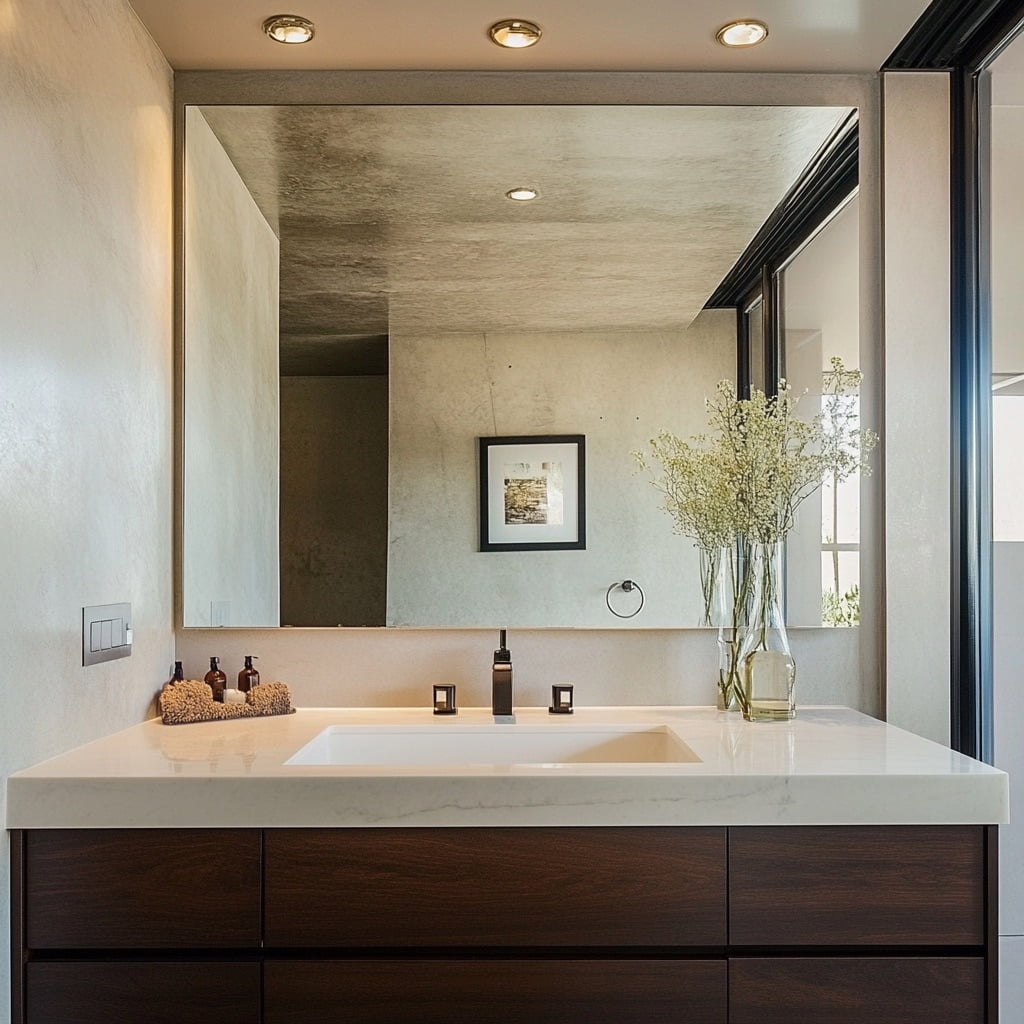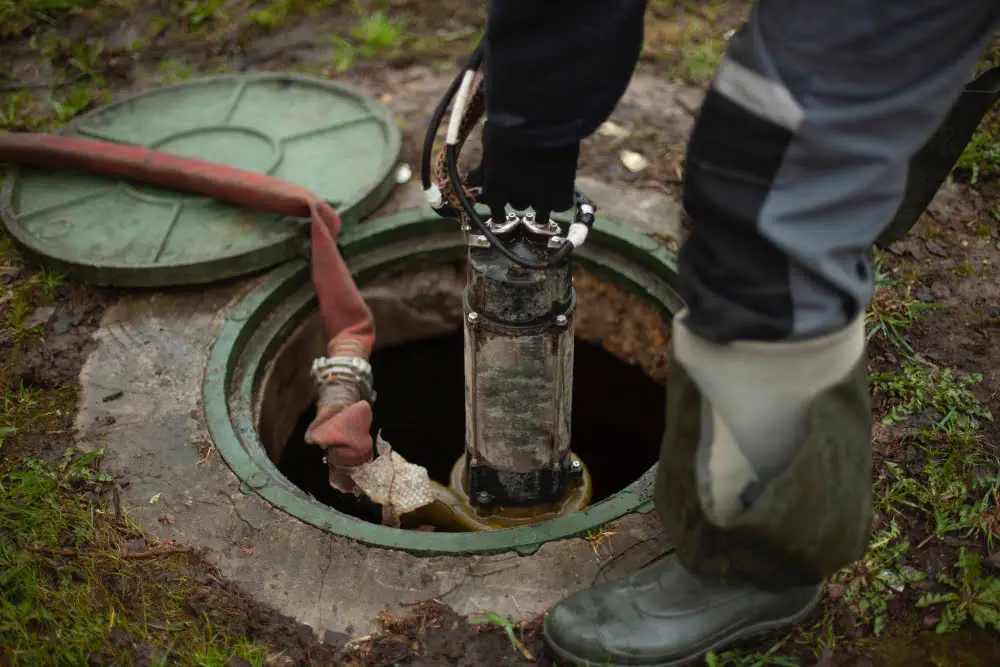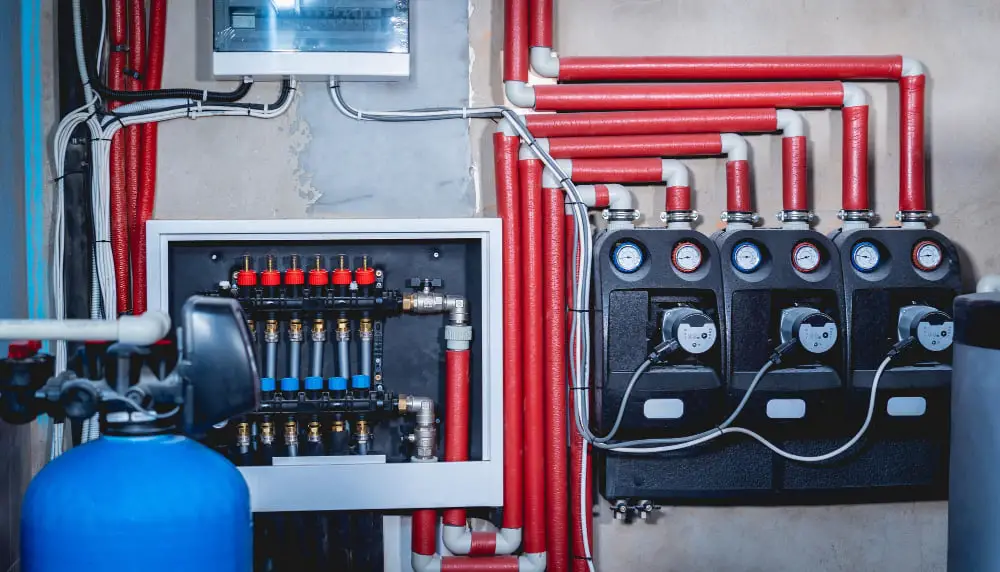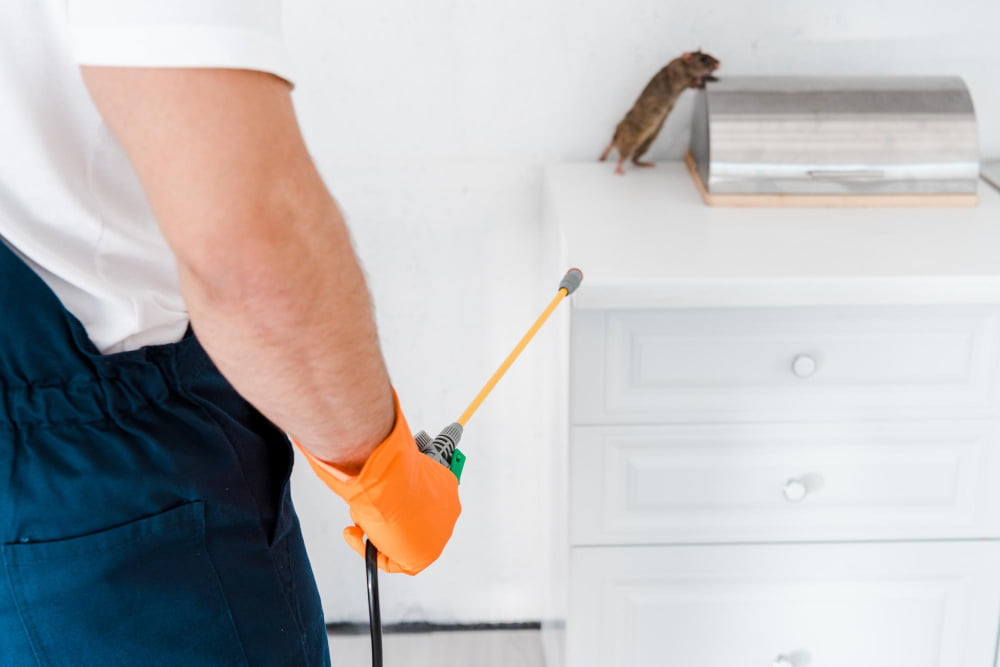Last updated on
Owning a swimming pool can be a source of immense joy and relaxation, providing a perfect oasis for family and friends to gather and unwind. However, maintaining a pool in pristine condition requires consistent effort and knowledge.
In this comprehensive guide, we will explore various aspects of pool maintenance to help you keep your aquatic haven in top-notch shape. From water chemistry to equipment care and stain removal, we’ve got you covered.
Understanding Water Chemistry
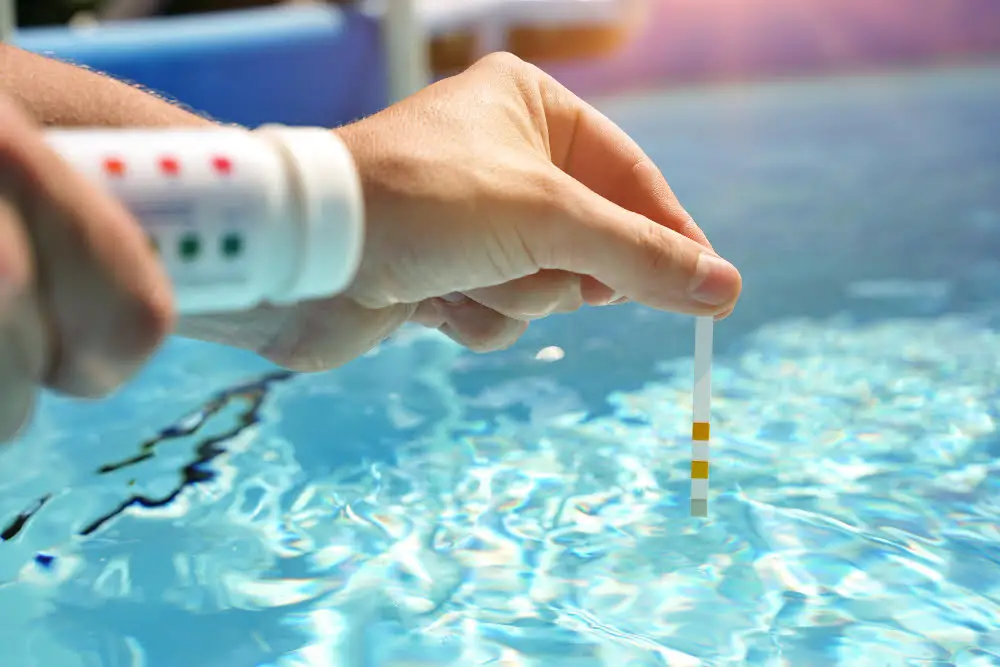
Maintaining the proper chemical balance in your pool is crucial for both the pool’s longevity and the health of its swimmers. Regularly test the water for pH, chlorine, alkalinity, and calcium hardness levels. Adjust these parameters as needed to prevent issues such as algae growth, scaling, and corrosion. Keep in mind that imbalanced water can not only damage the pool structure but also lead to skin and eye irritations for those taking a dip.
Efficient Filtration System
A well-functioning filtration system is the heart of any swimming pool, working tirelessly to remove debris and contaminants from the water. Clean or replace the pool filter regularly, and backwash when necessary. This ensures optimal filtration efficiency, preventing the accumulation of unwanted particles that could cloud the water or strain the pump.
Stain Removal

One common issue pool owners face is the appearance of stains on the pool surface. These unsightly marks can result from various factors, including minerals, organic matter, or even the pool chemicals themselves.
The key to removing all stains from a swimming pool is identifying the type of stain first. In case you are not sure how to do it, the best is to hire professionals who can remove stains even without draining your pool. Regularly inspect your pool for any signs of staining and address them promptly to maintain the pool’s aesthetic appeal.
Timely Skimming and Vacuuming
Regular skimming and vacuuming are essential for removing leaves, bugs, and other debris that find their way into your pool. Skim the surface daily and vacuum the pool floor weekly to prevent the buildup of dirt and grime. This not only keeps the water looking crystal clear but also reduces the strain on the filtration system, extending its lifespan.
Protecting the Pool Liner
These liners are susceptible to damage from various sources, including sharp objects, harsh cleaning chemicals, and prolonged exposure to sunlight. To safeguard the pool liner, exercise caution when using cleaning tools, ensuring they are specifically designed for vinyl surfaces.
Moreover, choose cleaning agents that are gentle on the liner while effectively eliminating dirt and stains. Regular inspections of the liner are imperative, checking for any signs of wear, tears, or wrinkles.
Addressing these issues promptly can prevent further damage and extend the lifespan of the vinyl liner, ultimately saving you from the inconvenience and expense of premature replacements. By adopting these precautionary measures and incorporating them into your routine, you contribute significantly to the overall longevity and aesthetic appeal of your pool.
Proper Chlorine Management
Chlorine plays a pivotal role in keeping your pool water sanitized and free from harmful bacteria. However, it’s essential to strike a balance to prevent issues such as chlorine odor, skin irritation, or damage to pool equipment. Regularly monitor chlorine levels and use stabilizers to prevent rapid chlorine degradation from sunlight. Consider alternative sanitation methods like saltwater systems for a more sustainable and skin-friendly approach.
Seasonal Maintenance
As the seasons change, so do the demands on your pool, necessitating specific care to address varying environmental conditions. In colder climates, proper winterization becomes paramount to shield your pool from freezing temperatures. This involves draining water from pipes, covering the pool, and winterizing the filtration system to prevent damage.
In warmer climates, seasonal maintenance focuses on preparing the pool for increased usage during the peak swimming months. This includes ensuring optimal water chemistry, addressing any wear and tear accumulated during the off-season, and fine-tuning the pool’s equipment for optimal performance.
By incorporating seasonal maintenance into your routine, you not only protect your pool from potential damage but also ensure a seamless transition between the different weather conditions, allowing you to enjoy your aquatic retreat year-round.
Regular Equipment Check-ups
Pool equipment, including pumps, heaters, and automation systems, requires regular check-ups to ensure everything is in working order. Inspect for leaks, strange noises, or any signs of wear. Lubricate moving parts and replace worn-out components promptly to prevent more significant issues down the line. A well-maintained equipment system not only ensures the pool’s functionality but also contributes to energy efficiency.
By understanding the nuances of water chemistry, efficient filtration, stain removal, and proper equipment care, you can ensure your pool remains a refreshing oasis for years to come. Incorporating these practices into your routine will not only extend the life of your pool but also enhance the overall swimming experience for you and your guests. So, dive into the world of proactive pool maintenance and enjoy the benefits of a pristine aquatic haven.
Recap

